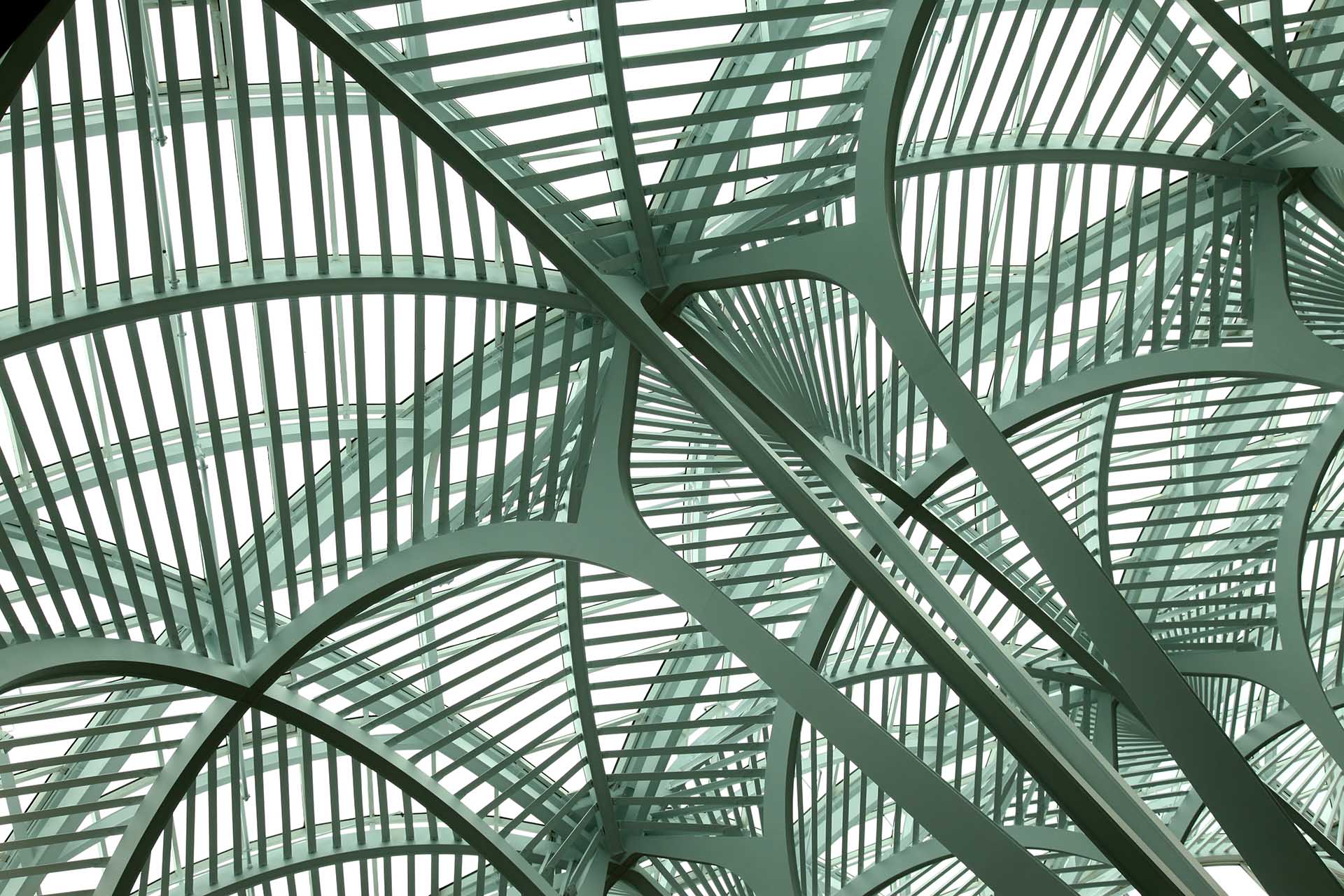
Green steel can be steel that has been through a production process that reduces greenhouse gas emissions, and it can be steel that is based on a larger proportion of scrap, ie recycled steel.
Traditional production technology is still in use in large parts of the world and entails both high energy consumption and a great burden on the environment.
Steel is a very important commodity used all over the world and global production was just under 200 million tonnes in 2021. In traditional steel production, approximately two tonnes of CO2 are produced for every tonne of steel (source: Ulcos project). In total, the steel industry accounts for approximately seven percent of the world's total CO2 emissions (source: OECD, IEA).
A green steel industry requires major restructuring to introduce more climate-friendly production. This applies to the choice of source of raw materials, but also the energy source. A number of energy companies and steel producers in various countries are working to make steel production greener, among other things by increasing the proportion of scrap in new production.
In 2023, Nordic Steel became the first in Norway to offer Outokumpu's Circle Green steel. Circle Green is a sustainable stainless and acid-resistant steel that has up to 92 percent lower greenhouse gas emissions than the industry average.
Read about the collaboration between Nordic Steel and Outokumpu on green steel here.
Nordic Steel does not produce steel, but we choose where we buy the steel. We work with the most forward-looking players in the industry and can offer more environmentally friendly manufactured steel, which can often consist of up to 80 percent recycled material.
During the design of the new National Museum in Oslo, CO2 emissions were an important issue. The use of recycled steel was a requirement that had to be satisfied, something Nordic Steel could offer, and we documented the steel's origin. 350,000 kilos of recycled steel were delivered to the National Museum, with valid ISO documentation. The footprint was roughly halved compared to traditional new production.

Steel production today takes place mainly by two methods. Either with blast furnace (Blast Furnace / BF) and oxygen converter (BOF) or with electric arc furnace (Electric Arc Furnace / EAF). The first two use ore, lime and coal in the production process, but 0-25 percent scrap can also be included as part of the charge in a BOF kiln. EAF uses scrap and electricity.
When producing green steel, EAF is mainly used. Scrap of up to 90-100 percent is melted in the electric arc furnace. The steelworks are increasingly using this method, but access to scrap steel is an important factor in being able to produce more.
The figures also show that ore-based production still dominates. In 2019, 32 percent of world production was based on recycled raw materials. In the EU countries, however, the figure was higher, with 55 per cent scrap-based raw material (source: World Steel Association, EUROFER).
Steel is a very important part of the circular economy, because it can be melted down infinitely many times and recycled into new steel without compromising the quality and properties of the material. Iron and steel are also the world's most recycled materials, and among the simplest materials to process, as they can be magnetically separated from the waste stream.
By efficiently utilizing scrap, traditional steel production is developing more sustainably. A greener production is of great importance for energy saving and CO2 emissions. An electric arc furnace uses on average 60 percent less energy and has 70 percent less CO2 emissions than production based on ore (source: OECD). The footprint can be further reduced if you have the opportunity to use renewable energy for this process.
In the coming years, we will see new methods for the production of steel that is completely fossil-free, including the use of hydrogen, and a large degree of recycled material.
There are greater opportunities to deliver projects with less climate emissions when the collaboration between producers, suppliers and stakeholders starts early. The same applies to collaboration across supply chains, architecture and engineering. Both steel production, construction, building and installation methods are important in this context.
Nordic Steel is Norway's leading competence center within steel and a serious player that takes social responsibility within the green steel revolution. We support the production of green steel and closely follow the development with fossil-free steel production that is already underway.
The steel industry worldwide is in an exciting development and players all over the world are involved. Transforming into a greener industry gives us new opportunities.